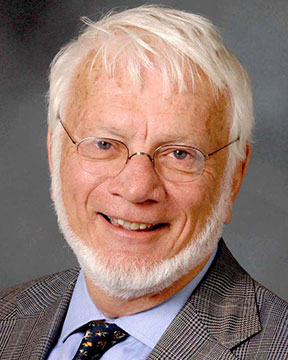



















 |
Vasily LutsykInstitute of Physical Materials Science SB RASMaterials For The Nuclear Reactors Of Generation Iv: Polyhedration Of The Chloride-fluoride Reciprocal Systems Fehrmann International Symposium on Sustainable Molten Salt and Ionic Liquid Processing (6th Intl. Symp. on Sustainable Molten Salt and Ionic Liquid Processing) Back to Plenary Lectures » |
Abstract:Fluorides of metals with low neutron capture cross-section are usually considered as a basis for the fuel compositions of the molten salts nuclear reactor of IV generation. The advantages of chloride systems can be attributed to less aggressiveness towards the reactor material and lower melting temperatures. However, the chloride systems, compared to the fluoride systems, have higher vapour pressure and a low thermodynamic stability at high temperatures. Therefore, in order to ensure a more reliable operation of new generation reactors, it is advisable to consider the features of the reciprocal chloride-fluoride systems. Some additional problems exist in the manipulation with the multicomponent reciprocal systems: recalculation of the concentrations and dividing of the polyhedral complexes into the simplexes. Relation between the mass-centric coordinates in multicomponent salt systems have been considered in [1]. Tetrahedration of the quaternary reciprocal systems with the inner diagonals were discussed in [2-3]. Later, an algorithm for topological correction of lists of simplexes of different dimensions for polyhedration of multicomponent systems was formulated [4], and has been used to correct the published data on the quaternary reciprocal systems with the inner diagonals and with some variants of tetrahedration [5]. In this paper, this technique is used to divide the complex Li,Na,U||F,Cl with the 2 congruently melting binary compounds R1=3NaFa*UF<sub>4</sub> and R2=7NaFa*6UF<sub>4</sub> into the simplexes. First variant of tetrahedration with the inner diagonal LiF-UCl<sub>3</sub> and 3 diagonals from the top NaCl produces 5 simplexes: LiF-NaF-NaCl-R1, LiF-UF<sub>4</sub>-NaCl-UCl<sub>3</sub>, LiF-UF<sub>4</sub>-NaCl-R2, LiF-LiCl-NaCl-UCl<sub>3</sub>, LiF-NaCl-R1-R2. Second variant with the same inner diagonal and 3 diagonals from the top UCl<sub>3</sub> produces 5 simplexes too: LiF-LiCl-NaCl-UCl<sub>3</sub>, LiF-UCl<sub>3</sub>-R1-R2, LiF-NaF-NaCl-UCl<sub>3</sub>, LiF-NaF-UCl<sub>3</sub>-R1, LiF-UF<sub>4</sub>-UCl<sub>3</sub>-R2. To search the low-temperature solvents parameters, the nonplanar tie-lines method are used [6]. |
|